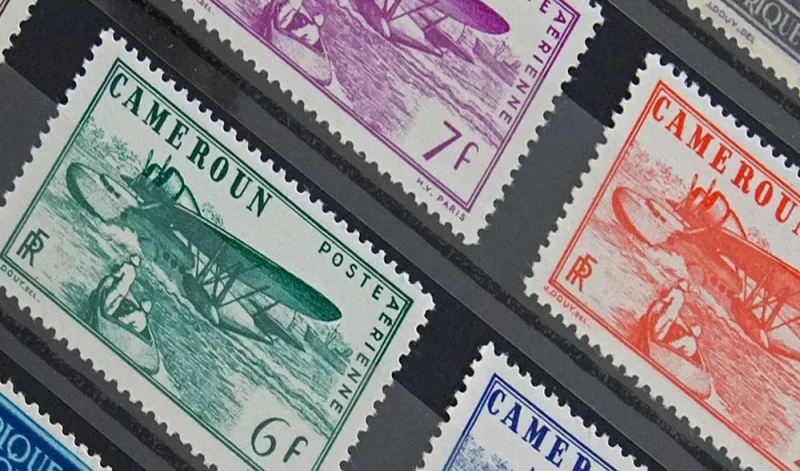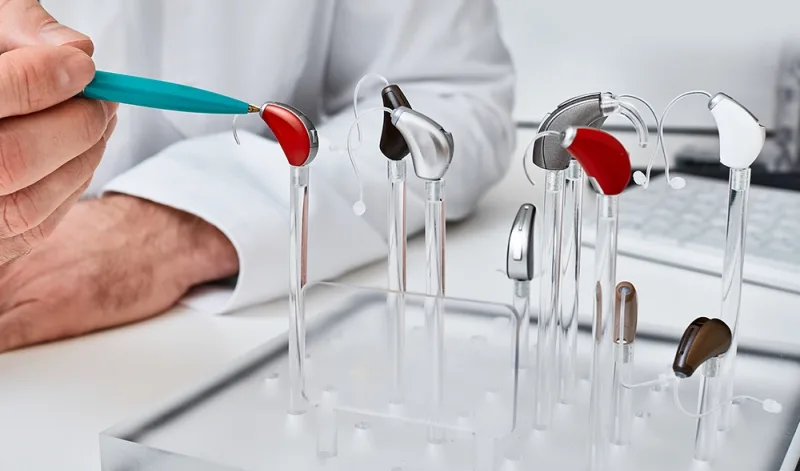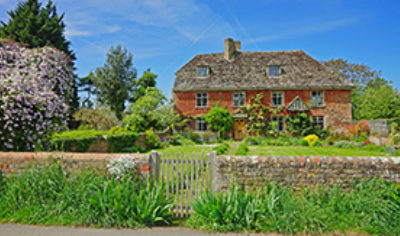UK’s Top Historic Listed Buildings: The Science Museum
The science museum is situated on Exhibition Road in South Kensington in London. It is an immensely popular building and no family trip to the capital is complete without a visit to view displays spanning 300 years of technological advancement. The Science Museum is renowned for it’s excellence and innovation and the sheer quality of the exhibits on display. The science museum is one of three museums situated in Great Britain that make up the Museum of Science and Industry. It first opened it’s doors in 1857 under the title of the South Kensington museum and was built on land that had been acquired using profits from the Great Exhibition of 1851. The original structure was sited on land that is now part of the Victoria and Albert Museum. It consisted of an iron framed structure clad in sheets of corrugated iron. What a sight it must have been, Londoners of the day used to joke about it’s ugliness and the fact it more resembled a factory than a museum building. It was nicknamed the Brompton boiler and in no way did justice to the growing number of exhibits it contained.
The general expansion continued at such a pace that in 1862, some items had to be moved across the road to buildings that had originally been designed for the International exhibition. As time passed the scientific community started to lobby for new buildings and in 1909 Queen Victoria laid the first stone of the new building which was the become known as The Victoria & Albert museum. However, the focus of this building was on art and by 1909 the government had woken up to the fact that the science exhibits needed a building of their own.
In 1910 a committee was set up to oversee the developed of a new building and this committee the Bell Committee has been influential in the development of the science museum ever since. Work actually started at the eastern end of the complex in 1913 but because of the first world war all building and construction work was suspended and the property finally opened in 1928. The construction of the galleries followed typical museum design concepts at the time. Most of the exhibits were in glass cases and lighting was almost all natural.
Further planned expansion of the buildings were placed on hold in 1930s due to severe financial constraints and the second world war brought great disruption to the museum, the galleries were closed and most of the exhibits were taken away to be stored safely. It was not until 1950s that things started to get back to normal. At this time, it was deemed that the old 1862 building was no longer useable and in 1949 this was demolished to make way for a new structure. This space now houses the centre block and it was first used for the Festival of Britain in 1951 although further financial constraints stopped any more construction work. From the 1960s the internal galleries gradually started to open and fill with exhibits
Westward expansion at South Kensington started again in 1996 with new wing made possible thanks to sponsorship by the Welcome Trust. Already many much loved displays have been removed to store, perhaps never to be seen again. Any future expansion of the Science Museum is likely to occur outside of London in more modern purpose built buildings.
This article was written by Assetsure- a provider of Listed Building Insurance.
























